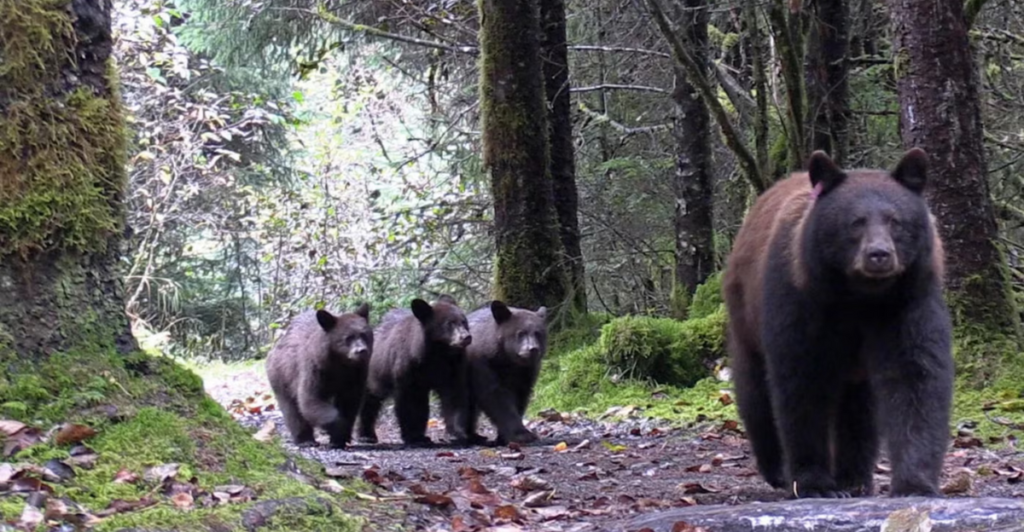
A new presidency brings big changes, and with Donald Trump back in office, his first executive orders could have major consequences—including for animals. From wildlife protections to agricultural policies, the decisions made in these early months could shape the future of animal welfare in the U.S. What’s on the table, and how could it impact the creatures we share this country with? Let’s take a closer look.
The First Orders—A Shift in Animal Policy
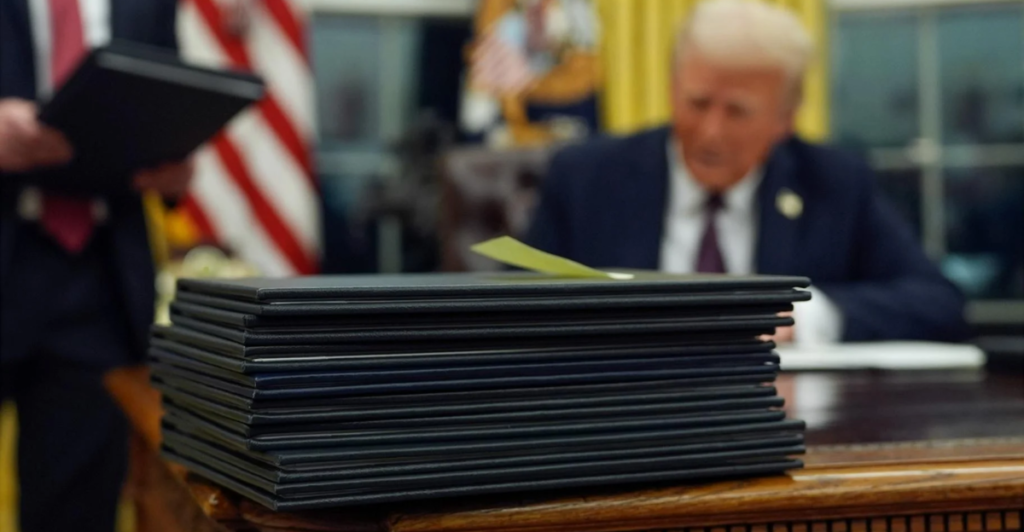
Trump’s first executive orders signal a major shift in environmental and animal policies. By prioritizing energy expansion and deregulation, these changes could weaken protections for endangered species, farm animals, and wildlife habitats. While some argue deregulation promotes economic growth, conservationists warn of devastating consequences for vulnerable species. How will these policies shape the future of animal welfare? The answers lie in a complex battle between economic priorities and environmental responsibility.
The Endangered Species Act—Under Threat?
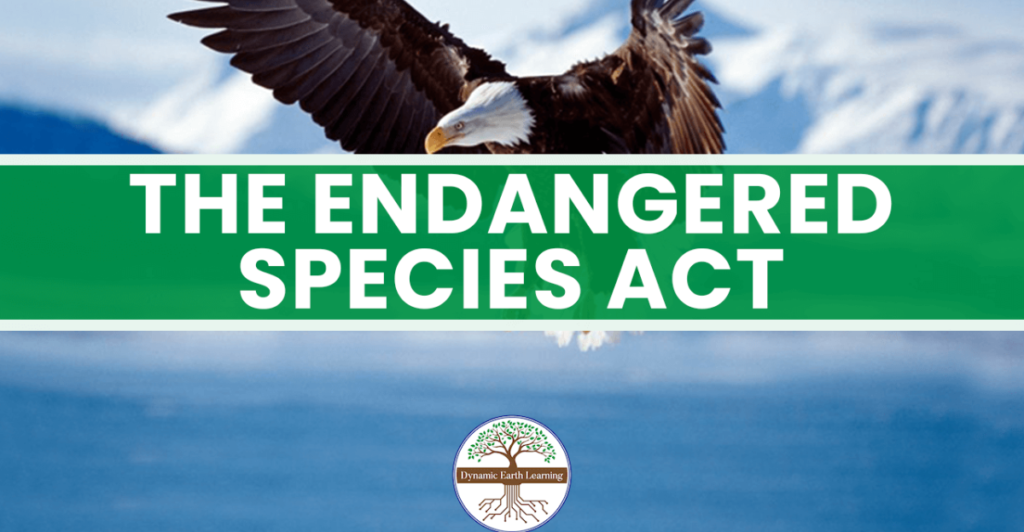
The Endangered Species Act (ESA) has long protected America’s most vulnerable wildlife, but Trump’s executive orders could weaken it significantly. Declaring an “energy emergency” allows agencies to fast-track projects, bypassing environmental reviews that protect species like the North Atlantic right whale. With habitats at risk from increased drilling, conservationists fear a sharp decline in species already teetering on the edge of extinction. Will economic interests outweigh the survival of endangered animals?
Case Study: The North Atlantic Right Whale’s Crisis
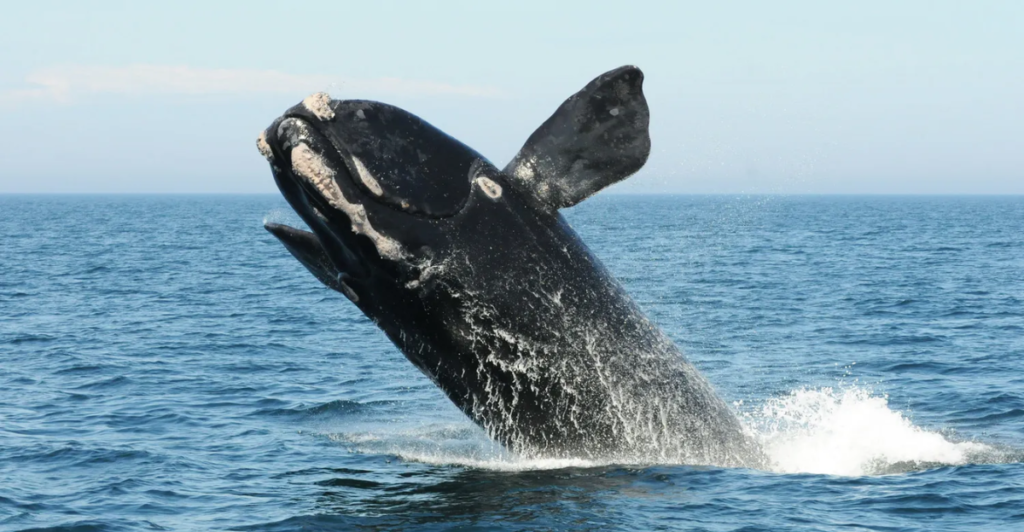
With fewer than 372 North Atlantic right whales left, every policy decision matters. Trump’s energy expansion efforts include offshore drilling in areas critical to these whales’ survival. Increased ship traffic and oil exploration disrupt their feeding grounds, making an already dire situation worse. If the ESA is weakened, these gentle giants could vanish within a generation. Will conservationists be able to fight back against these rollbacks in time?
Farm Animals and Deregulation—What’s at Stake?
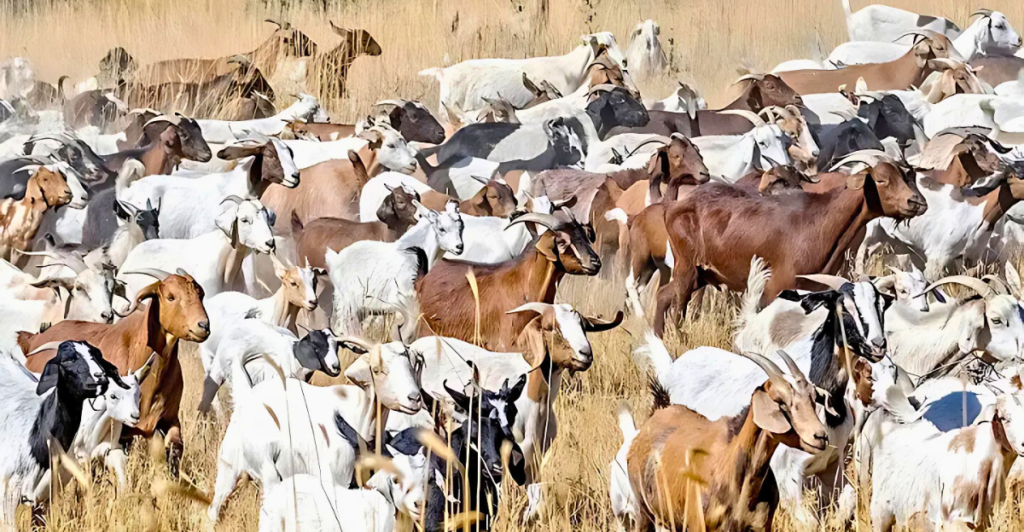
Some of Trump’s early orders aim to reduce regulations in the agricultural industry, sparking controversy. Supporters claim this promotes efficiency, but critics argue it could weaken farm animal protections. Laws against extreme confinement for pigs and chickens, for example, could be overturned, forcing animals into cramped, inhumane conditions. While some farmers may benefit financially, the question remains: is profit worth the cost to animal welfare?
Climate Change Policies—Wildlife at Risk

Trump’s push for fossil fuel expansion has significant consequences for wildlife. Climate change is already altering habitats, forcing species to migrate and struggle for survival. Melting Arctic ice threatens polar bears, rising temperatures disrupt bird migration patterns, and ocean acidification harms marine life. With weaker climate policies, these trends could accelerate, placing even more species in jeopardy.
Polar Bears—The Faces of Climate Policy
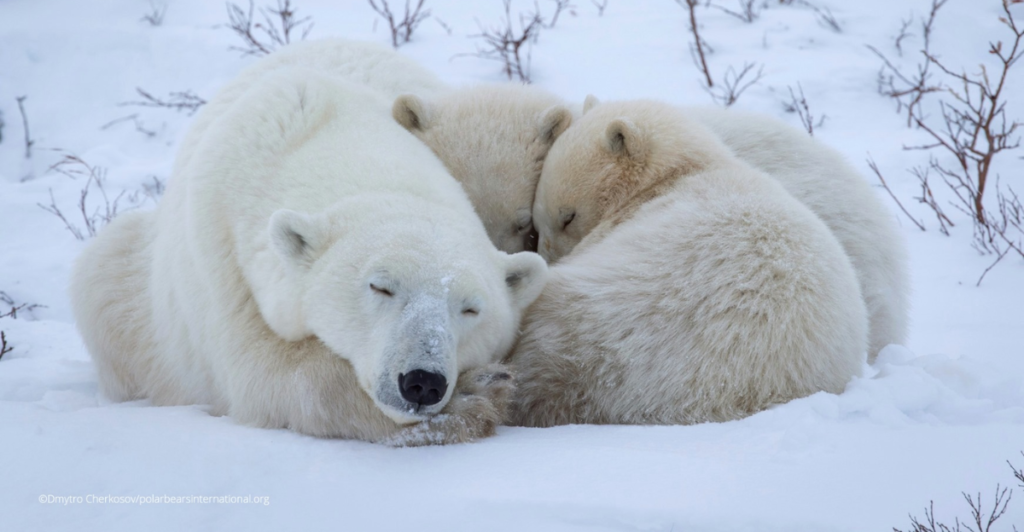
Polar bears depend on sea ice to hunt, but as ice disappears, so do their chances of survival. Trump’s energy orders could worsen global warming, leading to faster ice loss and increased starvation among these apex predators. With fewer seals to hunt, bears venture into human communities, increasing deadly encounters. Scientists warn that without urgent climate action, polar bears could be gone from the wild by 2100. Will policies shift before it’s too late?
Wildlife Trafficking—A Step Backwards?
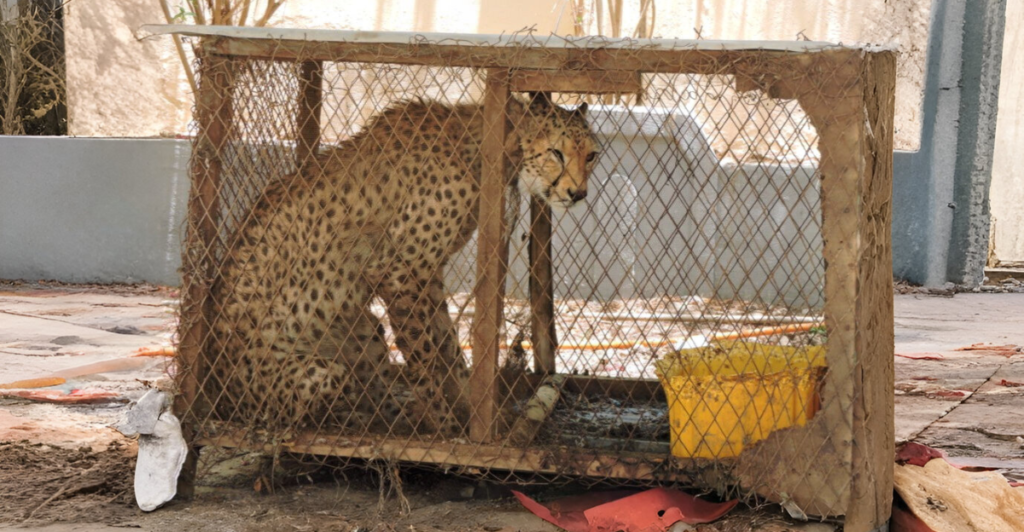
The U.S. is a major player in global wildlife trafficking enforcement, but Trump’s policies could weaken international cooperation. If funding for anti-trafficking programs is cut, poachers could exploit loopholes, leading to increased illegal trade in elephant ivory, rhino horns, and exotic pets. Without strong enforcement, traffickers may see the U.S. as a safe market, driving species like pangolins and tigers closer to extinction.
The Paris Agreement and Conservation Efforts

Trump’s past withdrawal from the Paris Climate Accord had a ripple effect on conservation efforts worldwide. A lack of U.S. leadership in global climate talks could slow down wildlife protections. Many species, from sea turtles to migratory birds, depend on climate-focused policies for survival. If the U.S. steps back from climate commitments again, the consequences for biodiversity could be severe. Will other nations step up, or will conservation efforts suffer?
Economic Growth vs. Environmental Protection

The debate over Trump’s executive orders highlights a long-standing struggle: economic expansion versus environmental sustainability. Supporters argue deregulation fuels job creation, but history shows environmental rollbacks can lead to ecosystem collapse, costly disasters, and long-term economic damage. The balance between short-term financial gains and preserving natural resources is more delicate than ever.
Lessons from History—What Past Presidents Did
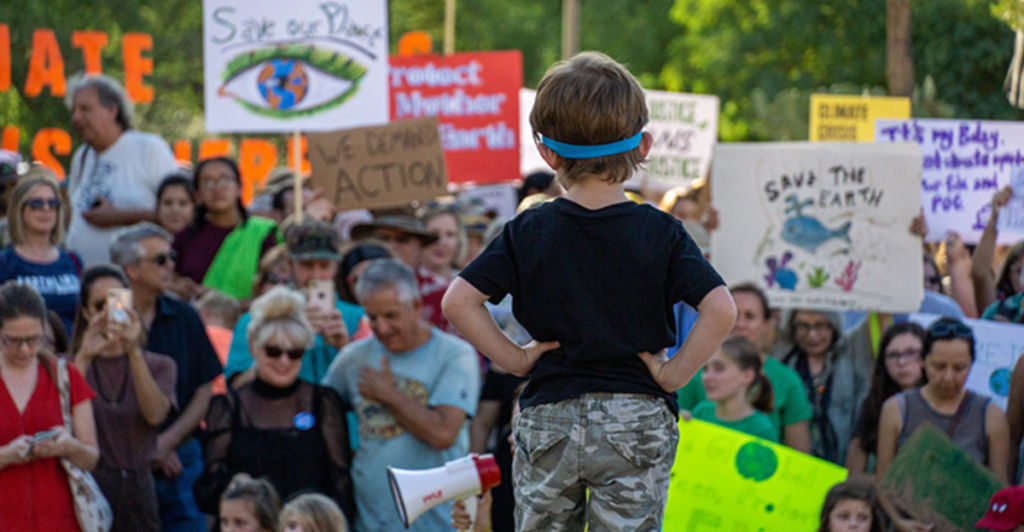
Comparing Trump’s approach to previous administrations offers key insights. Nixon’s era saw the birth of the ESA, while Obama prioritized climate policies. Trump’s strategy leans heavily toward industry deregulation, similar to past conservative leaders but with a more aggressive stance on environmental rollbacks. Will his policies stand the test of time, or will future administrations reverse course? Looking at history may provide a clue to what comes next.
Could Renewable Energy Be a Compromise?
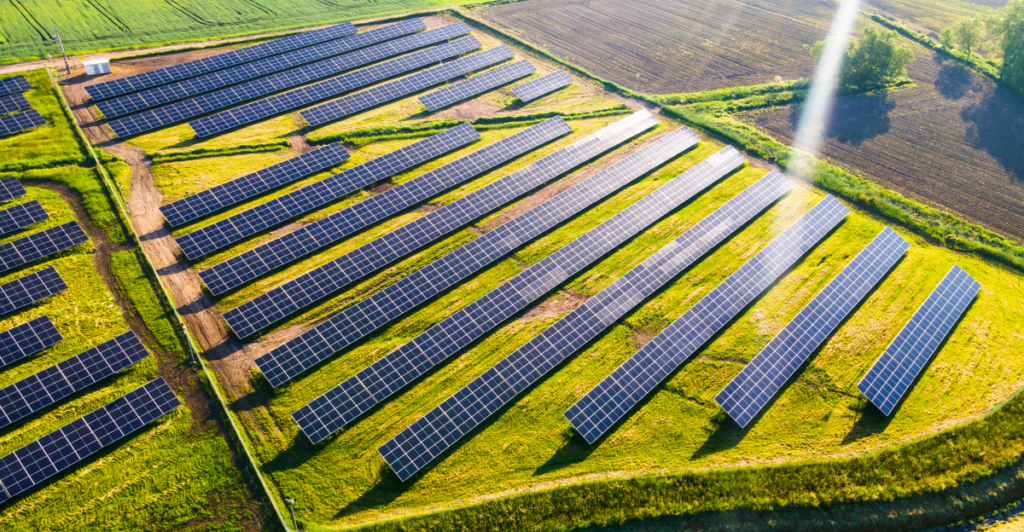
While Trump prioritizes fossil fuels, an alternative path exists—renewable energy. Wind and solar power create jobs while reducing environmental damage, offering a middle ground for economic and conservation interests. Some experts argue that expanding renewable energy could minimize the harm of deregulation while still promoting growth.
Public Health and Animal Welfare—A Hidden Connection

Weakening animal protections isn’t just an ethical issue—it’s a public health risk. Factory farming conditions and wildlife trade regulations impact the spread of zoonotic diseases, like COVID-19. Loose regulations could increase the risk of future pandemics. Strong animal welfare laws aren’t just about protecting animals—they’re about protecting people.
The Future of Animal Welfare—What’s Next?
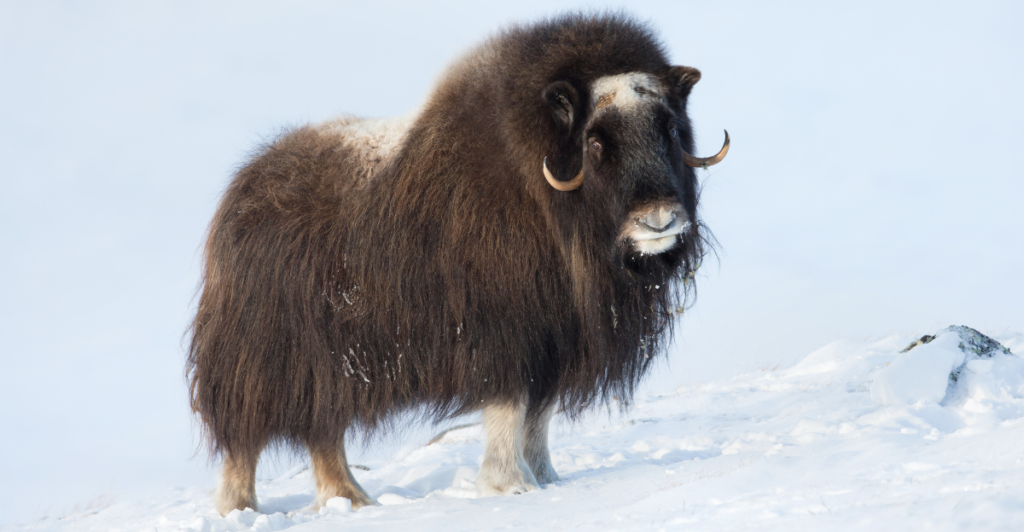
Trump’s first executive orders set the stage for a new era of policy. The coming months will reveal whether conservationists can push back against rollbacks or if these changes will reshape animal welfare in America for years to come. With endangered species, climate concerns, and ethical debates in play, the stakes couldn’t be higher. Will the next four years bring devastation or unexpected solutions? Only time will tell.
Explore more of our trending stories and hit Follow to keep them coming to your feed!

Don’t miss out on more stories like this! Hit the Follow button at the top of this article to stay updated with the latest news. Share your thoughts in the comments—we’d love to hear from you!







